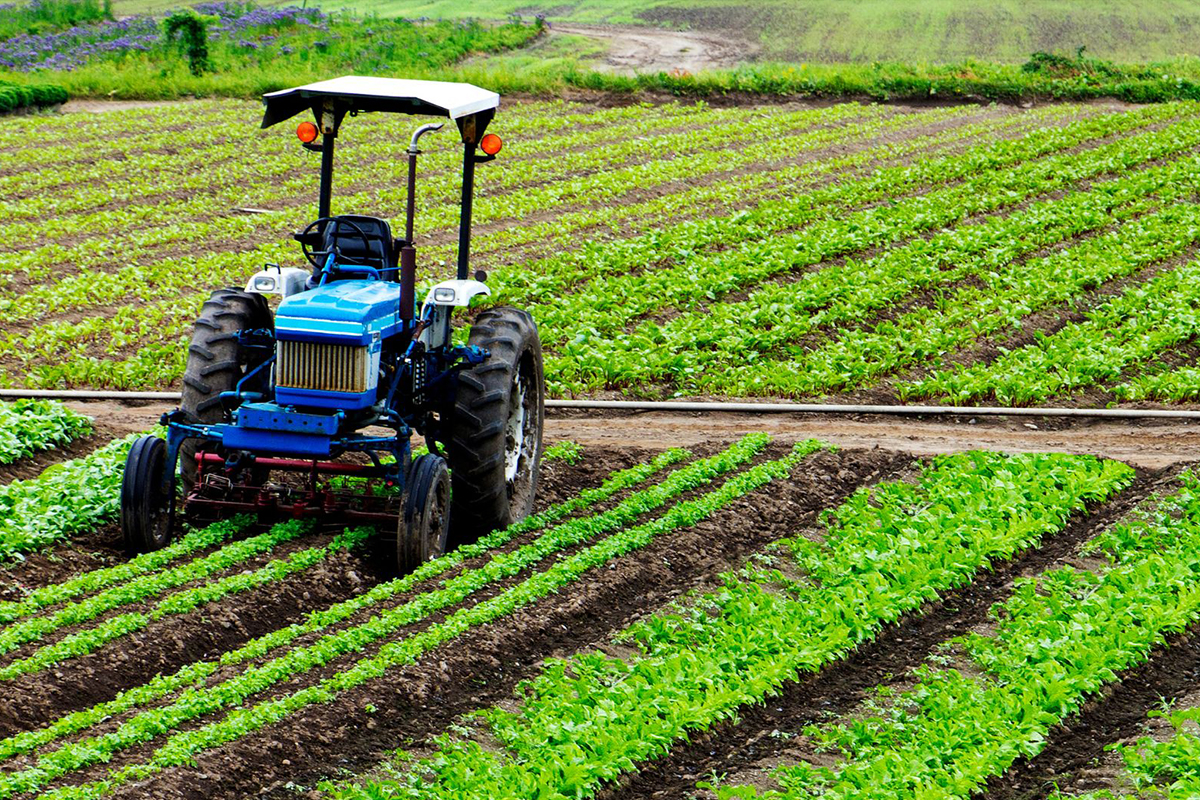
AGRICULTURE
We Invest in Modernized Sustainable Agriculture
In an era where the balance between agricultural productivity and environmental
preservation is crucial, we proudly invest in modernized sustainable agriculture,
focusing on innovative techniques like precision farming and vertical
agriculture. These
methods not only enhance crop yields but also minimize our ecological footprint,
ensuring a healthier planet for future generations.
Precision farming represents a technological revolution in agriculture. By
utilizing
GPS, IoT sensors, and big data analytics, we can now monitor and manage field variations
with unprecedented accuracy. This means applying the right amount of water, fertilizers,
and pesticides exactly where and when they are needed, reducing waste and environmental
impact. Our investment in this smart farming approach leads to higher efficiency, lower
costs, and a significant reduction in the use of chemical inputs, thereby protecting
soil health and biodiversity.

Vertical agriculture
Vertical agriculture, another pillar of our investment, transforms the concept of
farming in urban environments. By growing crops in vertically stacked layers, often in
controlled environments, we maximize space efficiency and significantly cut down on
transportation emissions. This method uses up to 70% less water than traditional
agriculture and eliminates the need for pesticides, offering a sustainable solution for
feeding the growing urban populations.
Through these innovative agricultural practices, we are committed to nurturing a sustainable future, where technology and ecology harmoniously coexist, fostering a world where both humanity and nature thrive.

Precision Farming
Precision farming, a modern agricultural practice, harnesses
technology to enhance efficiency and productivity while minimizing environmental
impact. This approach is transformative, leveraging advanced technologies like GPS,
satellite imagery, IoT sensors, and big data analytics to optimize farming
operations.
At its core, precision farming involves the precise management of agricultural practices tailored to specific conditions of each part of the field. It contrasts traditional farming, where practices are applied uniformly across an entire field. By acknowledging the variability in soil types, moisture levels, pest pressures, and microclimates, precision farming allows for the application of water, fertilizers, and pesticides in exact amounts only where needed.
- GPS Technology: Used for accurate field mapping, tractor guidance systems, and precise application of inputs. This reduces overlap during planting, fertilizing, and pesticide application, thereby saving time and resources.
- Remote Sensing: Utilizing satellite or drone imagery, farmers can observe plant health across their fields. This information helps in identifying problem areas, understanding crop progression, and making informed decisions.
- Soil and Field Analysis: By analyzing soil properties and field conditions, farmers can apply the correct amount of inputs at the right place. Sensors can measure soil moisture and nutrient levels, informing irrigation and fertilization strategies.

Vertical Farming
Vertical agriculture, also known as vertical farming, is an innovative approach to food production that maximizes space efficiency and minimizes environmental impact. This method involves growing crops in vertically stacked layers, often within controlled environments such as buildings, repurposed warehouses, or specially designed structures. Here's a closer look at its
- Stacked Layers: Plants are grown in layers, one above the other, often using shelving, towers, or other structures. This multi-level system significantly increases the yield per square meter compared to traditional farming.
- Controlled Environment Agriculture (CEA):b>Vertical farms typically operate in controlled environments, where temperature, humidity, light, and CO2 levels are precisely managed. This control allows for optimal plant growth conditions and year-round production, independent of external weather conditions.
- Hydroponics, Aeroponics, or Aquaponics: These soilless cultivation methods are commonly used in vertical farming. Hydroponics involves growing plants in nutrient-rich water, aeroponics uses misted nutrients, and aquaponics combines fish farming with plant cultivation, creating a symbiotic ecosystem.
The Steps of Operation
We Follow Simple Steps To start investing
-

01
Register
Seamlessly register on our platform to unlock a world of financial opportunities.
-

02
Select Best Asset
Choose the Best Assets with Goldmarketworld for Maximum Growth and Stability.
-
03
Make Investments
Make Smart Investments with Our Expert Guidance for Long-Term Prosperity and Financial Security.
